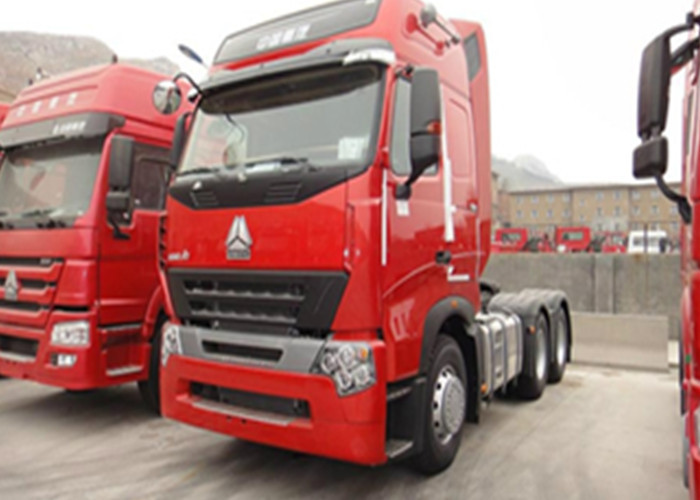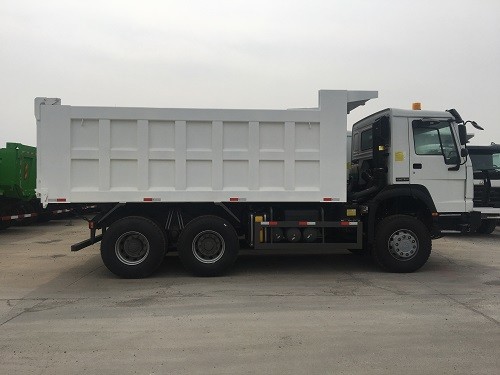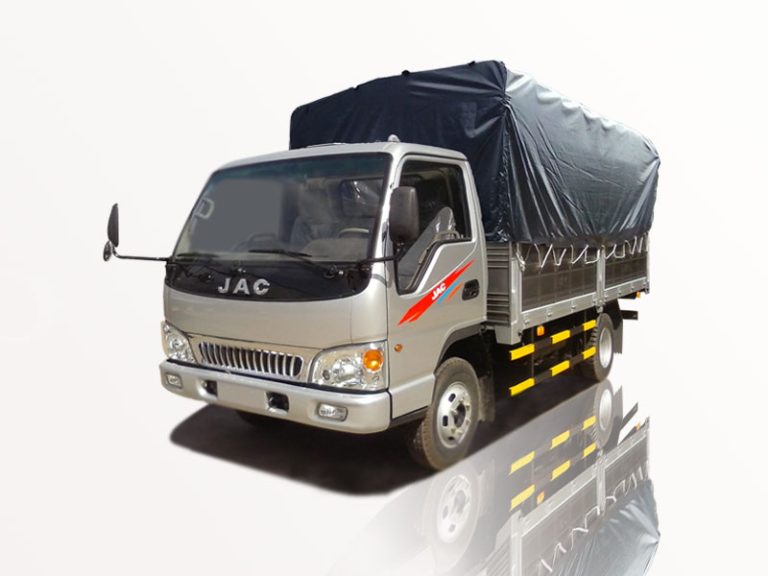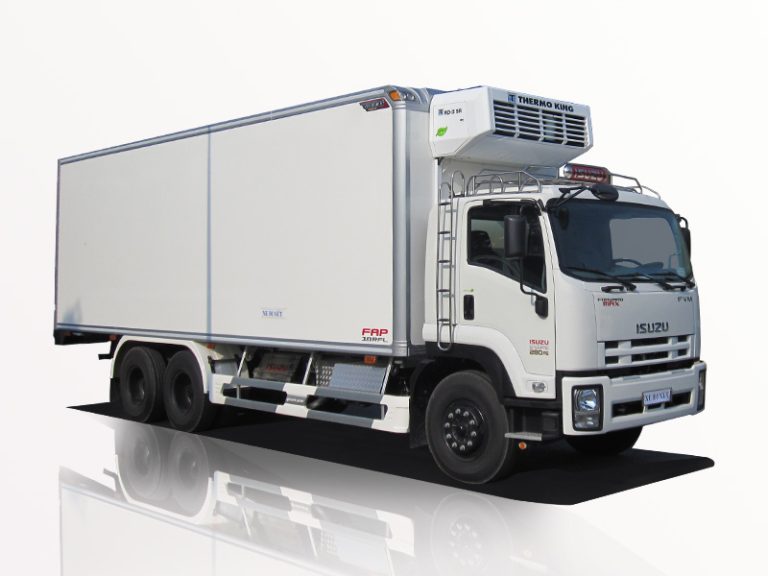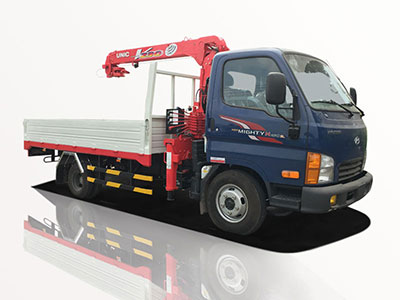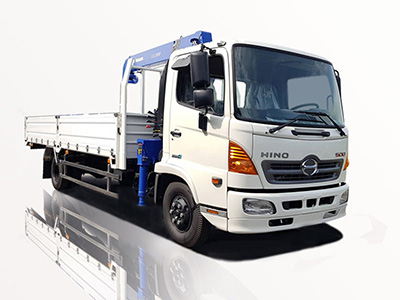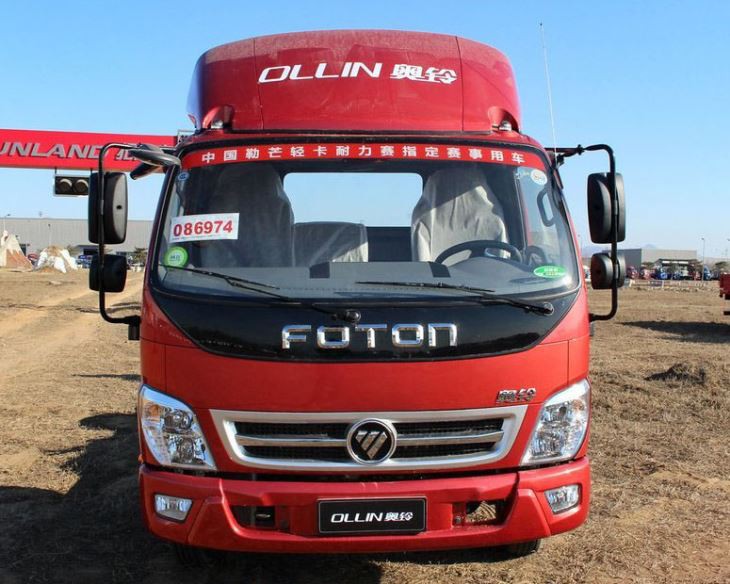Airport fire engines play a crucial role in ensuring the safety of passengers and aircraft during emergencies at airports. These specialized vehicles are designed to respond quickly to fires and other hazardous conditions that might arise on or near airport properties.
Introduction to Airport Fire Engines
Airports are busy environments where thousands of passengers and planes intersect every day. This heavy traffic makes them susceptible to accidents and emergencies, necessitating specialized fire-fighting vehicles known as airport fire engines. These vehicles differ significantly from traditional fire engines, designed specifically for handling incidents involving aircraft.
Types of Airport Fire Engines
1. Rescue and Firefighting Vehicles (ARFF)
These vehicles specialize in aircraft rescue and firefighting. They are equipped with large water tanks, foam systems, and advanced extinguishing agents to tackle fires involving aviation fuel.
Key Features of ARFF Vehicles:
- High water and foam capacity (up to 3,000 liters)
- Rapid deployment capabilities
- All-terrain capabilities
- Advanced communication systems
2. ARFF Trucks
These are larger, heavy-duty vehicles that can carry significant amounts of firefighting agents. They often feature multiple pumping systems and nozzle configurations to maximize efficiency during firefighting operations.
3. Rapid Intervention Vehicles (RIV)
RIVs are smaller, agile vehicles that can quickly reach an aircraft in distress. They are ideal for initial response actions before larger vehicles arrive.
Components of Airport Fire Engines
1. Water Tanks
The water tank is a primary feature, providing the essential firefighting resource. Tanks can hold thousands of liters of water, which can be combined with foam to combat aviation fires effectively.
2. Foam Systems
Foam is used to suppress flammable liquid fires, making it critical for airport fire engines. The application of foam can smother the fire, cut off oxygen, and prevent re-ignition.
3. Pumps and Hoses
Powerful pumps are necessary for delivering water and foam to the site of the fire. Hoses must be long enough to reach any part of an aircraft while maintaining a high flow rate.
4. Nozzle Systems
Nozzles are crucial for controlling the dispersal of water and foam. Different types of nozzles allow firefighters to tailor their response depending on the situation.
5. Safety and Rescue Equipment
Additional safety equipment such as thermal imaging cameras, medical kits, and rescue tools are often included to support the safety of victims and firefighters during emergencies.
Importance of Airport Fire Engines
1. Emergency Response
In the event of an aircraft accident or fire, time is of the essence. Airport fire engines are strategically stationed throughout the airport to ensure rapid response, often within minutes.
2. Passenger Safety
Passenger safety is paramount in aviation. Well-trained fire crews equipped with effective fire engines have saved countless lives by quickly extinguishing aircraft fires and performing rescues.
3. Extinguishing Aviation Fires
Aviation fires are unique due to the flammable materials involved, including jet fuel. Airport fire engines are designed specifically to handle such scenarios, minimizing the risk of catastrophic outcomes.
Operational Protocols for Airport Fire Engines
1. Regular Training
Firefighters undergo rigorous and continuous training to keep their skills sharp for responding to various scenarios involving aircraft emergencies. Training includes fire suppression techniques, emergency medical response, and understanding aircraft systems.
2. Maintenance and Inspections
Airport fire engines require regular maintenance and inspections. This ensures that all systems function optimally, reducing the likelihood of failure during an emergency.
Challenges in Airport Firefighting
1. Varied Aircraft Types
With numerous aircraft types operating at airports, each with unique fire hazards, firefighters need to be knowledgeable about different systems and potential risks.
2. Environmental Considerations
Firefighting foam can have environmental impacts. Proper disposal and use of environmentally friendly agents are essential for mitigative strategies.
3. Accessibility Issues
Some fire incidents may occur in areas with limited access. Fire engines must be capable of maneuvering in such tight spaces to reach the emergency site.
Technological Advancements in Airport Fire Engines
1. Enhanced Communication Systems
Modern fire engines are now equipped with advanced communication systems that allow for seamless coordination between emergency responders.
2. Thermal Imaging and Drones
Thermal imaging cameras can detect heat signatures, while drones are becoming increasingly useful for assessing situations from above to provide vital information to firefighting teams.
3. Eco-friendly Firefighting Agents
Research is ongoing to develop environmentally benign foam agents that minimize ecological impact while maintaining firefighting effectiveness.
Examples of Airport Fire Engine Brands
| Brand | Model | Features |
|---|---|---|
| Rosenbauer | Panther | High flow pump, crew cab, advanced foam system |
| Oshkosh | Striker | All-terrain capabilities, customizable configurations |
| Mercedes-Benz | Unimog | Modular design, enhanced off-road capabilities |
Conclusion
A comprehensive understanding of airport fire engines reveals their critical role in aviation safety. Their design, features, and continuous advancements underscore the commitment to protecting passengers and ensuring that safety protocols are effectively implemented. As challenges evolve, so too will the technologies and strategies to address the complexities of airport firefighting.
FAQs about Airport Fire Engines
1. What is the primary function of an airport fire engine?
The primary function of an airport fire engine is to respond to fires and emergencies involving aircraft to protect passengers and minimize damage.
2. How often are airport fire engines maintained?
Airport fire engines are maintained regularly to ensure all systems are operational. Inspections may occur weekly or monthly, depending on operational guidelines.
3. Are airport fire engines equipped for rescue operations?
Yes, airport fire engines are equipped with various rescue tools, medical kits, and experienced personnel to provide assistance during emergencies.
4. What types of fires can airport fire engines handle?
Airport fire engines are specifically designed to handle aviation fuel fires, as well as other types of fires common in an airport environment.
5. What is the difference between ARFF and RIV vehicles?
ARFF vehicles are larger and equipped for extensive firefighting operations, while RIV vehicles are smaller, designed for rapid response to minor incidents.
6. What advancements are being made in airport fire engines?
Advancements include enhanced communication systems, thermal imaging technologies, and eco-friendly firefighting agents.
